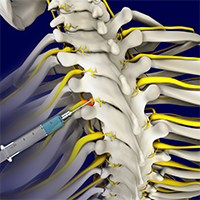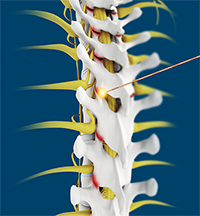Spine
-
Cervical Spine Anatomy
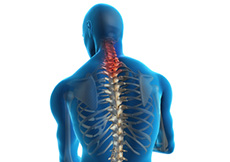
The spine, also called the back bone, plays a vital role in stability, smooth movement and protection of the delicate spinal cord. It is made up of bony segments called vertebrae with fibrous tissue called intervertebral discs between them. The vertebrae and discs form the spinal column from the head to the pelvis, giving symmetry and support to the body.
Thoracic Spine Anatomy
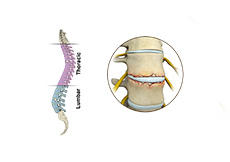
Thoracic spine is the central part of the spine, also called as dorsal spine, which runs from the base of the neck to the bottom of your rib cage. The thoracic spine provides flexibility that holds the body upright and protects the organs of the chest.
Lumbar Spine Anatomy
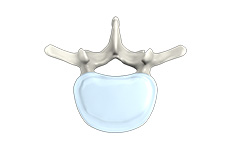
The spine, also called the back bone, plays a vital role in stability, smooth movement and protection of the delicate spinal cord. It is made up of bony segments called vertebra with fibrous tissue called intervertebral discs between them. The vertebra and discs form the spinal column from the head to the pelvis, giving symmetry and support to the body.
-
Neck Pain

The first 7 vertebral bones on the spinal column form the cervical spine and are in the neck region. The neck bears the weight of the head, allows significant amount of movement, and is less protected than other parts of the spine. All these factors make the neck more susceptible to injury or other painful disorders. Common neck pain may occur from muscle strain or tension in everyday activities including poor posture, prolonged use of a computer and sleeping in an uncomfortable position.
Neck Strains and Sprains
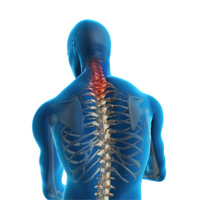
The neck is the most flexible part of the spine and supports the weight of the head. The unique anatomical structure of the cervical vertebrae allows free movement of the head. The neck is also composed of muscles and ligaments. Any excessive stress on the ligaments and muscles may injure or damage them.
Herniated Disc (Cervical)
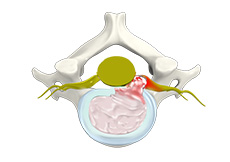
Herniation of a disc is an anomalous spine condition characterised by leakage of the inner contents of the intervertebral disc, due to cracks in its outer wall. Herniated disc is commonly seen in the cervical or neck region, a condition called cervical herniated disc (CHD).
Cervical Stenosis
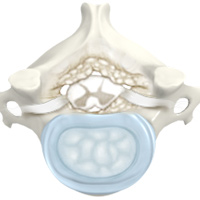
Cervical spine refers to the neck portion of the spine, and cervical spine conditions may result from overuse injuries, trauma and certain diseases. Cervical stenosis refers to narrowing of the spinal canal that protects the spinal cord and its branching nerves.
Back Pain

Back pain or backache is the pain felt in the back that may originate from muscles, nerves, bones, joints or other structures in the spine. Back pain is one of the most common medical problems experienced by most people at some time in their life. Back pain can be acute usually lasting from a few days to a few weeks, or chronic pain, lasting for more than three months.
Herniated Disc (Lumbar)
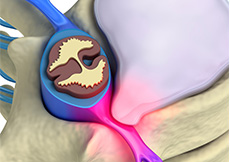
Herniated disc is a condition in which the outer fibres (annulus) of the intervertebral disc are damaged causing the soft inner material of the nucleus pulposus to rupture out of its space. A herniated disc, common in the lower back (lumbar spine) occurs when there is a tear in the outer lining of the disc (annulus fibrosus). This causes the inner jelly-like material (nucleus pulposus) to leak out and place pressure on the adjacent spinal nerve root.
Lumbar Stenosis
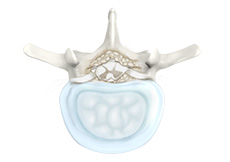
Lumbar stenosis is the compression of spinal nerves caused by narrowing of the spinal canal and it is one of the common causes of low back pain. Spinal stenosis can also affect the spine in the neck region.
Degenerative Disc Disease
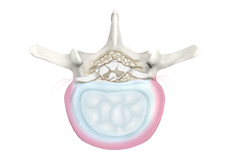
Degenerative disc disease (DDD) refers to gradual deterioration of the intervertebral discs between the vertebrae. DDD is a misnomer as it is not actually a disease but a condition that affects the strength, resiliency and structural integrity of the intervertebral discs due to advancing age, trauma, injury, repetitive movement, improper posture, or poor body mechanics.
Scoliosis

Scoliosis is a condition characterised by abnormal curvature of the spine causing a deviation to one side. It causes a physical deformity making the spine look like the letter “C” or “S” instead of the letter “I”.
-
Non-surgical Treatments
Caudal Epidural Steroid Injection
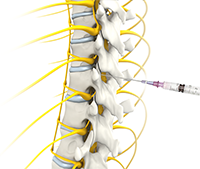
The epidural cavity is the space surrounding the spinal cord, which extends from the skull to the tailbone, and consists of fat, nerves and blood vessels. Nerves in this space can be blocked by injecting an anaesthetic, or a constricted nerve can be relieved of pain and inflammation by injecting steroid medication into the epidural space.
Transforaminal Epidural Steroid Injection
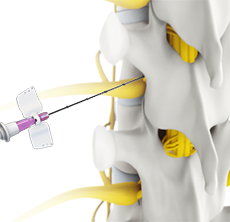
An epidural spinal injection or epidural block is a non-surgical treatment option for relieving back pain and other symptoms.
Epidural steroid injections contain a strong anti-inflammatory agent (steroid) and an anaesthetic for pain relief. It is administered into the epidural space of the spine, the space between the outermost covering of the spinal cord (dura mater) and the wall of the spinal canal. The epidural space is approximately 5 mm wide and is filled with spinal nerve roots, fat tissue and small blood vessels.
Facet Injection
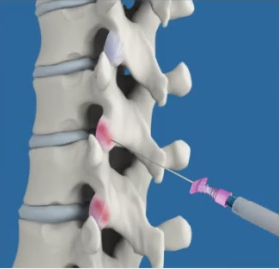
The facet joints are the tiny joints situated at the upper and lower part of each vertebra connecting one vertebra to the other. Each of the vertebrae has four facet joints which include a pair that connect to the vertebra above (superior facets) and another pair that connects to the vertebra below (inferior facets).
Sacroiliac Joint Injections
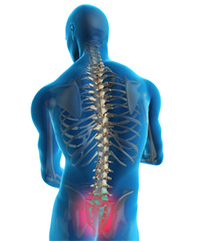
Sacroiliac joints (SI joint) are joints in the lower back region, located where the sacrum and ilium bones conjoin. Even though these joints are small and have limited motion, they have an important role of connecting your spine to the pelvic bone and thus the lower part of your body.
Medial Branch Block Injections
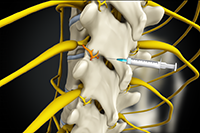
Medical branch block is an injection of a local anaesthetic near the medial branch nerves to temporarily block the pain signal carried from the facet joints of the spine to the brain. It is used to assist your physician in diagnosing the cause of your back pain.
Lumbar Spinal Injections
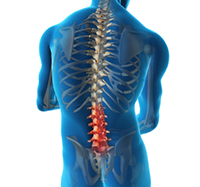
Lumbar spine injections are utilised in the assessment and treatment of low back pain. These injection procedures are valuable in determining whether structures are the source for low back pain. Pain initiated by lumbar facet joints is characteristically experienced in the lower back, hip, buttock, and/or leg.
Surgical Treatments
Kyphoplasty/Vertebroplasty
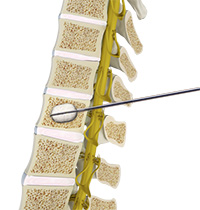
Kyphoplasty and Vertebroplasty are procedures to treat vertebral compression fractures.
Vertebral compression fractures are stress fractures that occur when the normal vertebral body of the spine is squeezed or compressed to a smaller height. The bone collapses when too much pressure is placed on the vertebrae, resulting in pain, limited mobility, height loss, and spinal deformity.
Scoliosis Treatment
 Scoliosis is a condition characterised by abnormal curvature of the spine causing a deviation to one side. It causes a physical deformity making the spine look like the letter “C” or “S” instead of the letter “I”. Scoliosis can affect either the mid or the lower back, but the scoliosis of the mid back is more common
Scoliosis is a condition characterised by abnormal curvature of the spine causing a deviation to one side. It causes a physical deformity making the spine look like the letter “C” or “S” instead of the letter “I”. Scoliosis can affect either the mid or the lower back, but the scoliosis of the mid back is more commonMinimally Invasive Spine Surgery
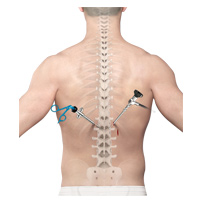
MISS is the latest advanced technology available to perform spinal surgeries through small, less than one inch long, incisions. It involves the use of special surgical instruments, devices and advanced imaging techniques to visualise and perform the surgery through such small incisions. MISS is aimed at minimising damage to the muscles and surrounding structures. MISS possesses numerous benefits over the traditional spine surgery which include:
Cervical
Cervical Spine Fusion
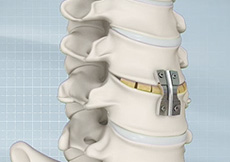
Your spine consists of a spinal cord supported by a series of interlocking bones called vertebrae. The cervical spine is the upper part of the spine situated in the neck region. It has seven vertebrae, separated and cushioned by spongy intervertebral discs. The vertebrae and discs may get damaged by injury, disease or wear-and-tear, compromising the cervical spine. Cervical spine fusion is a surgery performed to fuse weak cervical vertebrae with adjacent vertebrae to provide stability and prevent injury to the spinal cord.
Lumbar
Minimally Invasive Lumbar Surgery

Minimally invasive lumbar surgery is an alternative to open lumbar surgery that allows the surgeon to access the spine through smaller incisions. Special techniques and instruments, used in this approach, minimise muscle and soft tissue damage and offer several advantages over the traditional open approach which include smaller scars, less blood loss, lower post-operative pain, faster recovery and shorter hospital stay.
Minimally Invasive Lumbar Fusion
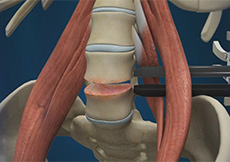
Spinal fusion is a surgical technique used to join together two or more vertebrae in the spine and to minimise the pain caused by movement of these vertebrae. Fusion of vertebrae in the lumbar portion of the spine is called as lumbar fusion and the surgery can be done as an open or minimally invasive procedure.
Lumbar Decompression
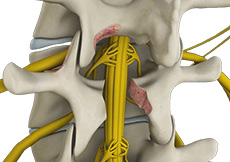
The spinal cord is protected by a bony column of vertebral bones, arranged one above the other. Injury or wear-and-tear can cause parts of the vertebrae to compress the nerves of the spinal cord, leading to pain, numbness or tingling in the part of the body that the nerve supplies.
Lumbar Microdiscectomy
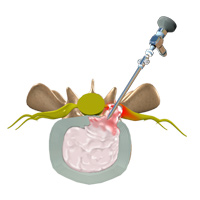
Microdiscectomy is a surgical procedure employed to relieve the pressure over the spinal cord and/or nerve roots, caused by a ruptured (herniated) intervertebral disc. A herniated disc, common in the lower back (lumbar spine) occurs when the inner gelatinous substance of the disc escapes through a tear in the outer, fibrous ring (annulus fibrosis). This may compress the spinal cord or the surrounding nerves, resulting in pain, sensory changes, or weakness in the lower extremities.
Consent
- Anterior Cervical Surgery
- Anterior Lumbar Surgery
- Posterior Cervical Surgery
- Posterior Lumbar Surgery
- Vertebroplasty And Kyphoplasty
You will need the Adobe Reader to view and print these documents.
![]()


